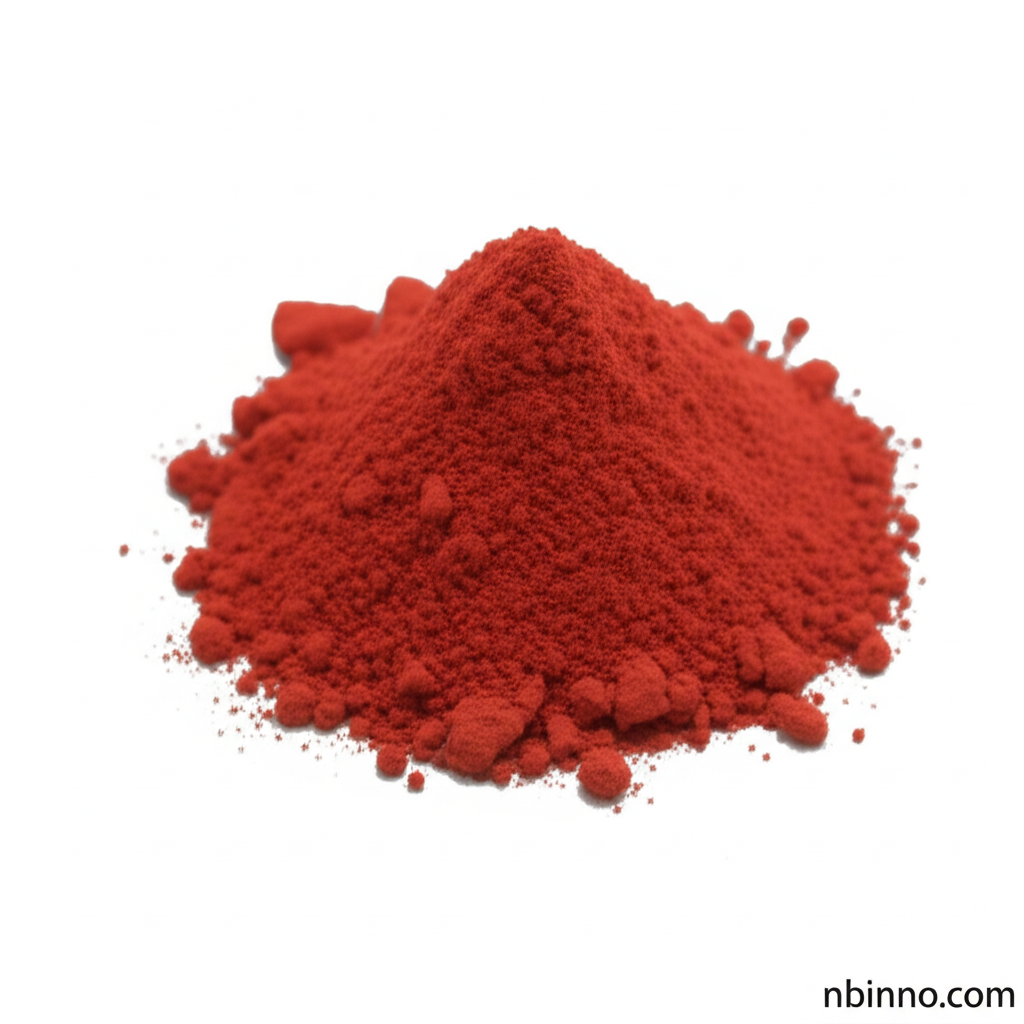Amiodarone (CAS 1951-25-3): Your Essential Guide
Discover the vital properties, applications, and critical considerations for Amiodarone, a key pharmaceutical intermediate.
Get a Quote & SampleProduct Core Value

Amiodarone
Amiodarone (CAS 1951-25-3) is a vital Class III antiarrhythmic drug used to treat severe heart rhythm disorders. Its unique chemical structure, containing iodine and a diethylaminoethanol group, contributes to its broad spectrum of action, primarily as a non-selective ion channel blocker that prolongs the cardiac action potential and refractory period.
- Understanding amiodarone CAS 1951-25-3 uses reveals its critical role in managing conditions like ventricular tachycardia and atrial fibrillation, making it a cornerstone in cardiac electrophysiology research.
- Explore amiodarone side effects, particularly lung toxicity, which necessitates careful patient monitoring and risk assessment during treatment.
- The amiodarone mechanism of action in cardiac conditions highlights its complex interaction with multiple ion channels and adrenergic receptors, crucial for comprehending its therapeutic and adverse effects.
- Key amiodarone drug interactions with warfarin underscore the importance of vigilant management to prevent dangerous bleeding events, a common concern for patients on multiple medications.
Key Advantages and Considerations
Therapeutic Efficacy
Amiodarone is highly effective in treating various arrhythmias, offering a critical therapeutic option for patients with life-threatening ventricular arrhythmias who have not responded to other treatments, contributing to improved cardiac rhythm management.
Long Half-Life Benefits
The amiodarone half-life, which can be up to 58 days, allows for less frequent dosing for some patients, though it also means the drug persists in the body for an extended period, impacting management of side effects and interactions.
Comprehensive Safety Profile
While effective, understanding amiodarone thyroid effects and other serious toxicities is paramount. Regular monitoring of thyroid function, lung capacity, and vision is essential for patients undergoing amiodarone therapy.
Key Applications
Antiarrhythmic Therapy
Primary use in treating and preventing dangerous heart rhythm abnormalities, including ventricular tachycardia and fibrillation, crucial for cardiovascular health.
Cardiac Electrophysiology Research
A vital tool for scientists studying ion channel function, cardiac cell behavior, and the mechanisms behind arrhythmias, aiding in the development of new treatments.
Pharmaceutical Intermediate Synthesis
Serves as a key building block in the synthesis of various pharmaceutical compounds, highlighting its importance in the chemical industry and drug development pipeline.
Clinical Toxicology Studies
Used to investigate drug-induced toxicities, such as pulmonary, thyroid, and hepatic issues, providing insights for risk management and safer prescribing practices.
Related Technical Articles & Resources
Why Choose Us?
Leverage our expertise and state-of-the-art infrastructure to accelerate your journey from discovery to commercial success.
Global Experience
With 20 years of R&D, manufacturing, and sales experience, we proudly serve clients across 60 countries and regions worldwide.
Advanced Facilities
Our in-house R&D laboratory, pilot platform, and large-scale production workshop are equipped to meet the audit requirements of global customers.
Seamless Scalability
We facilitate a perfect transition from small-scale lab requirements (grams) to full commercialization (hundreds of tons).
